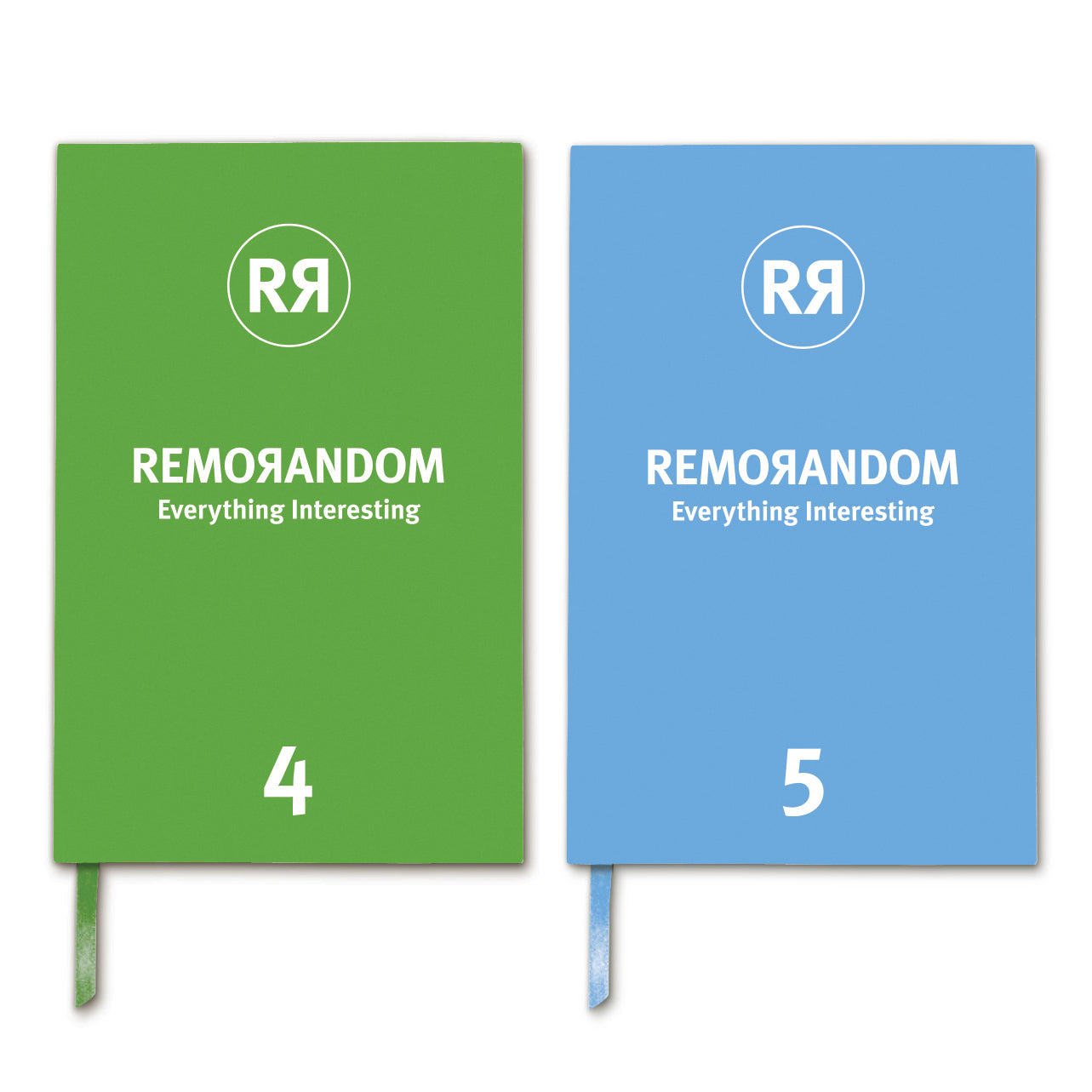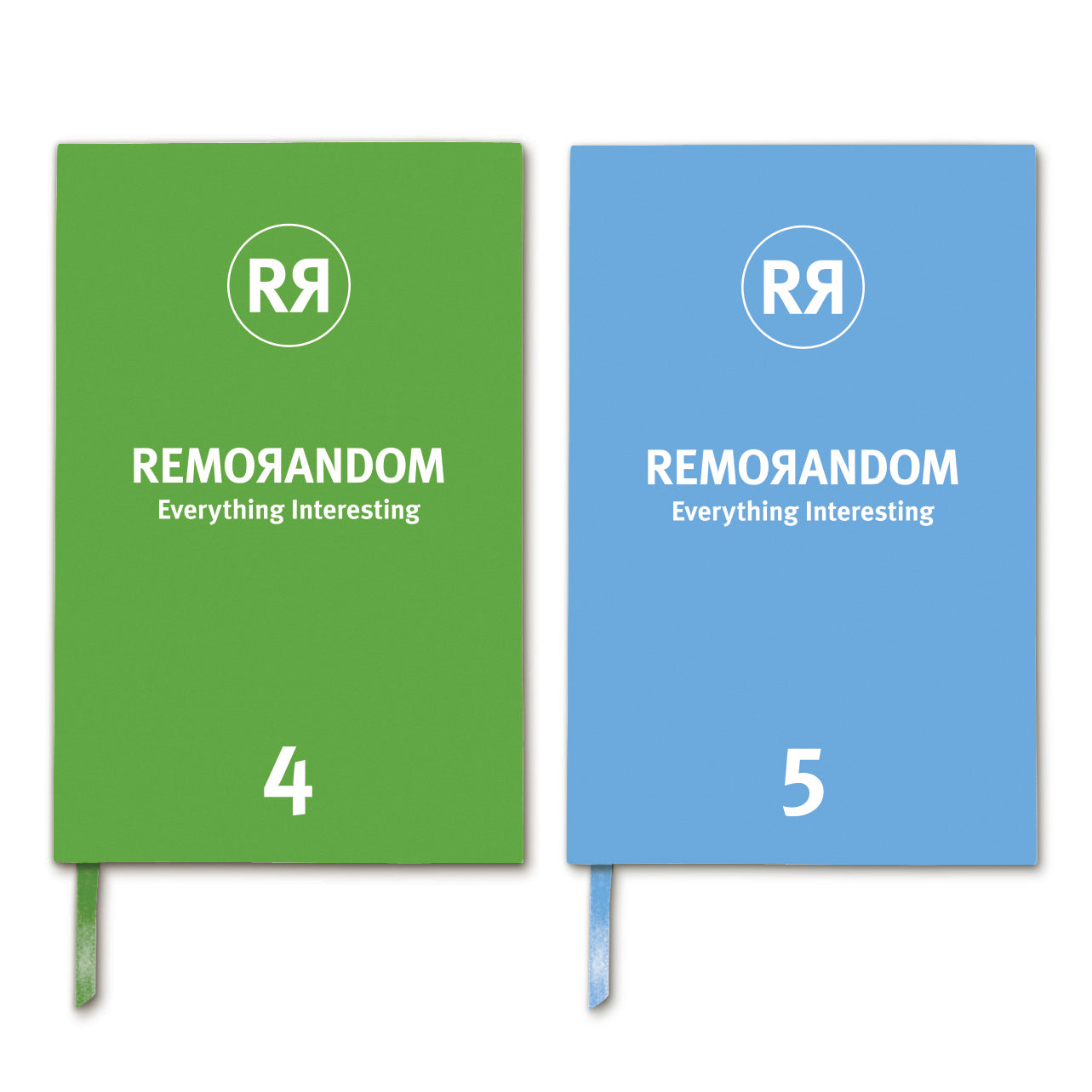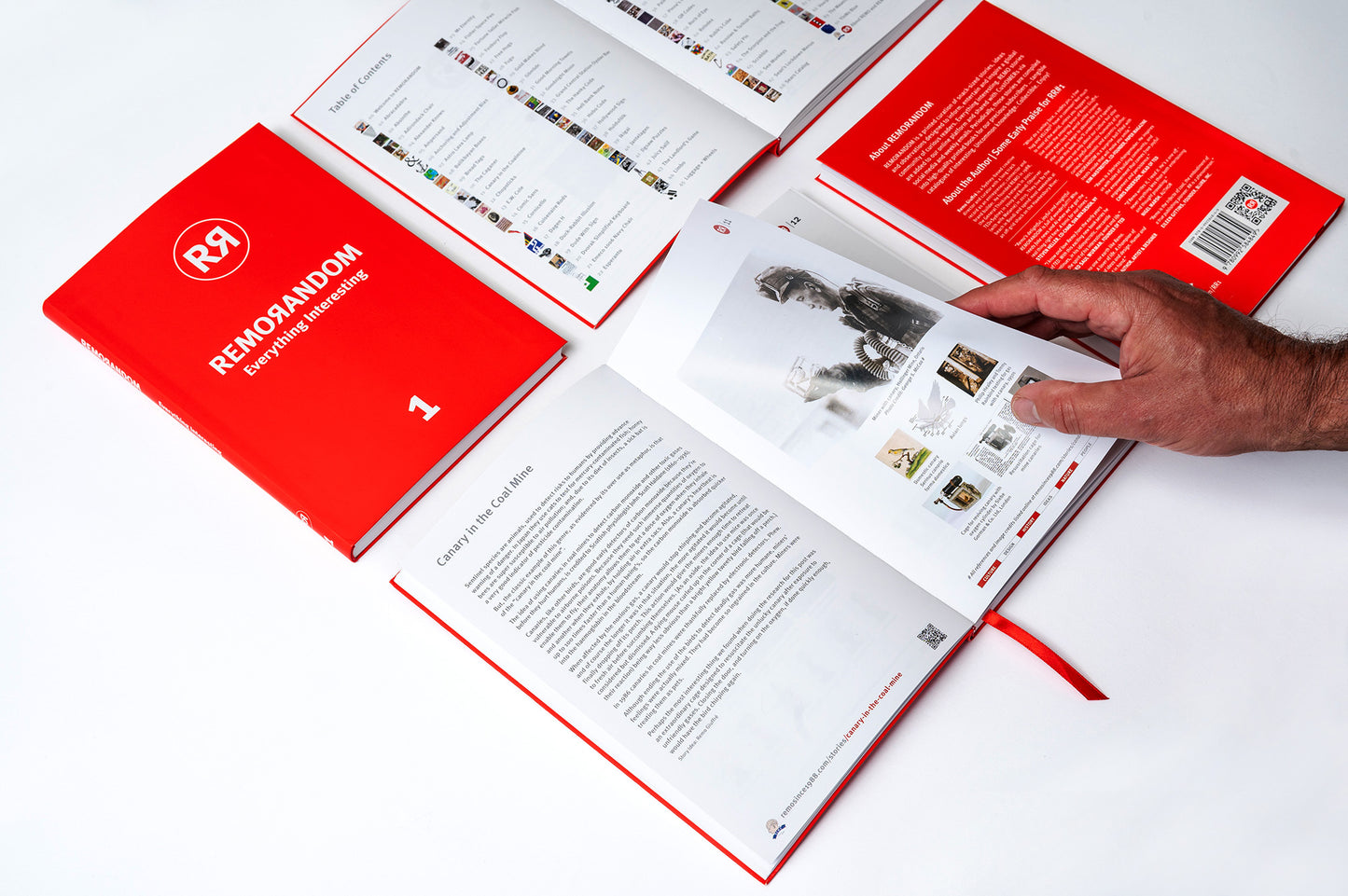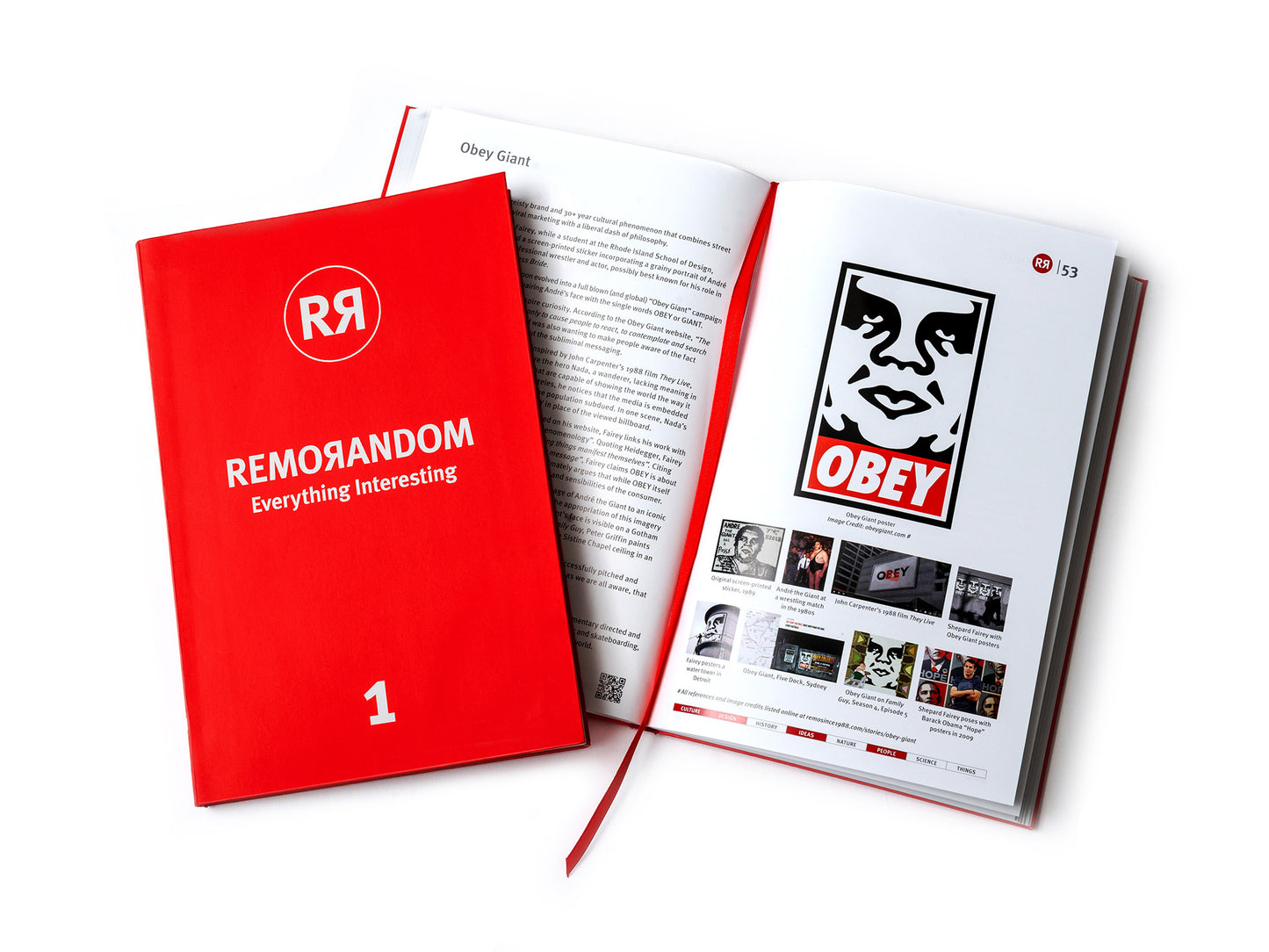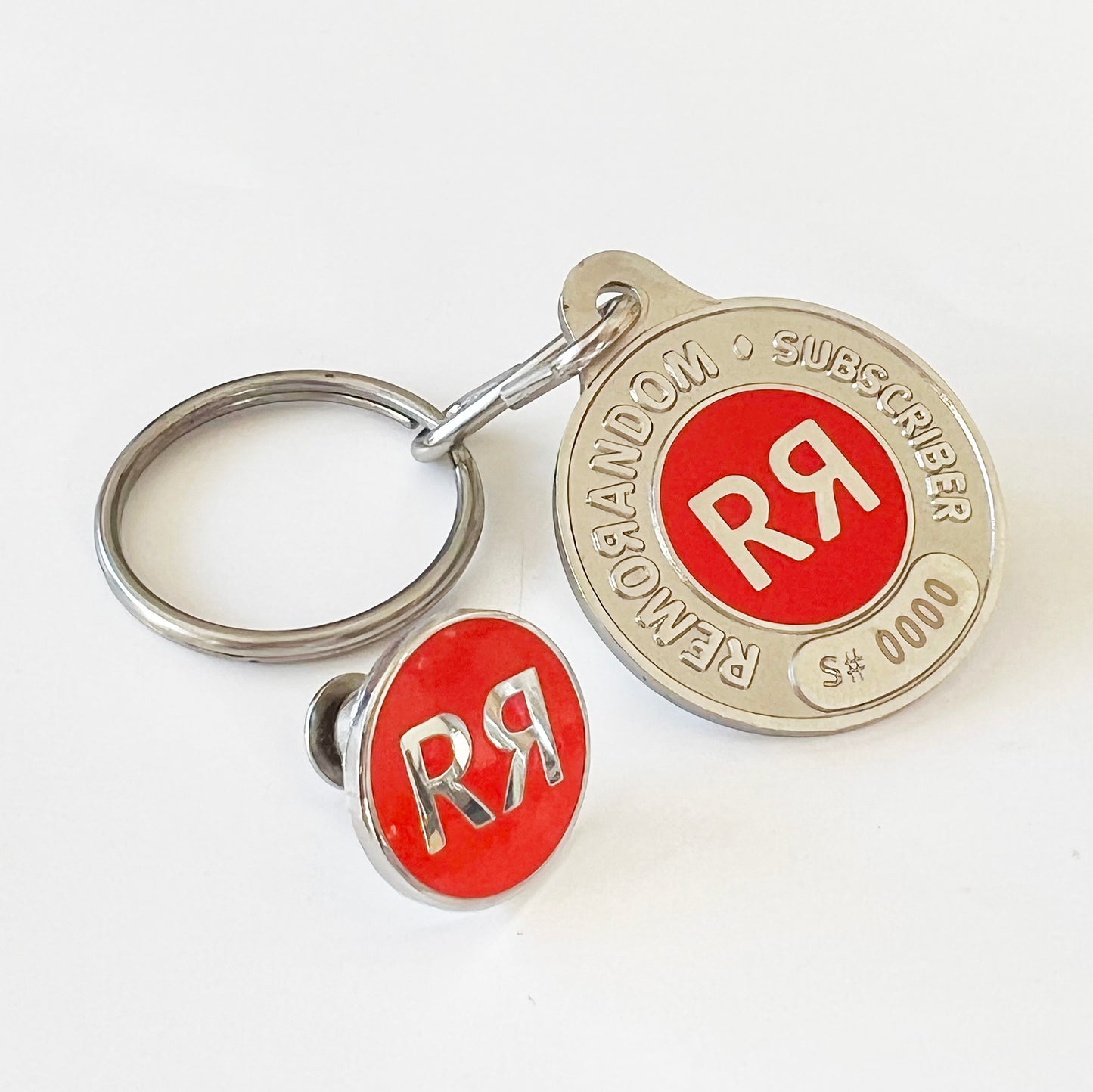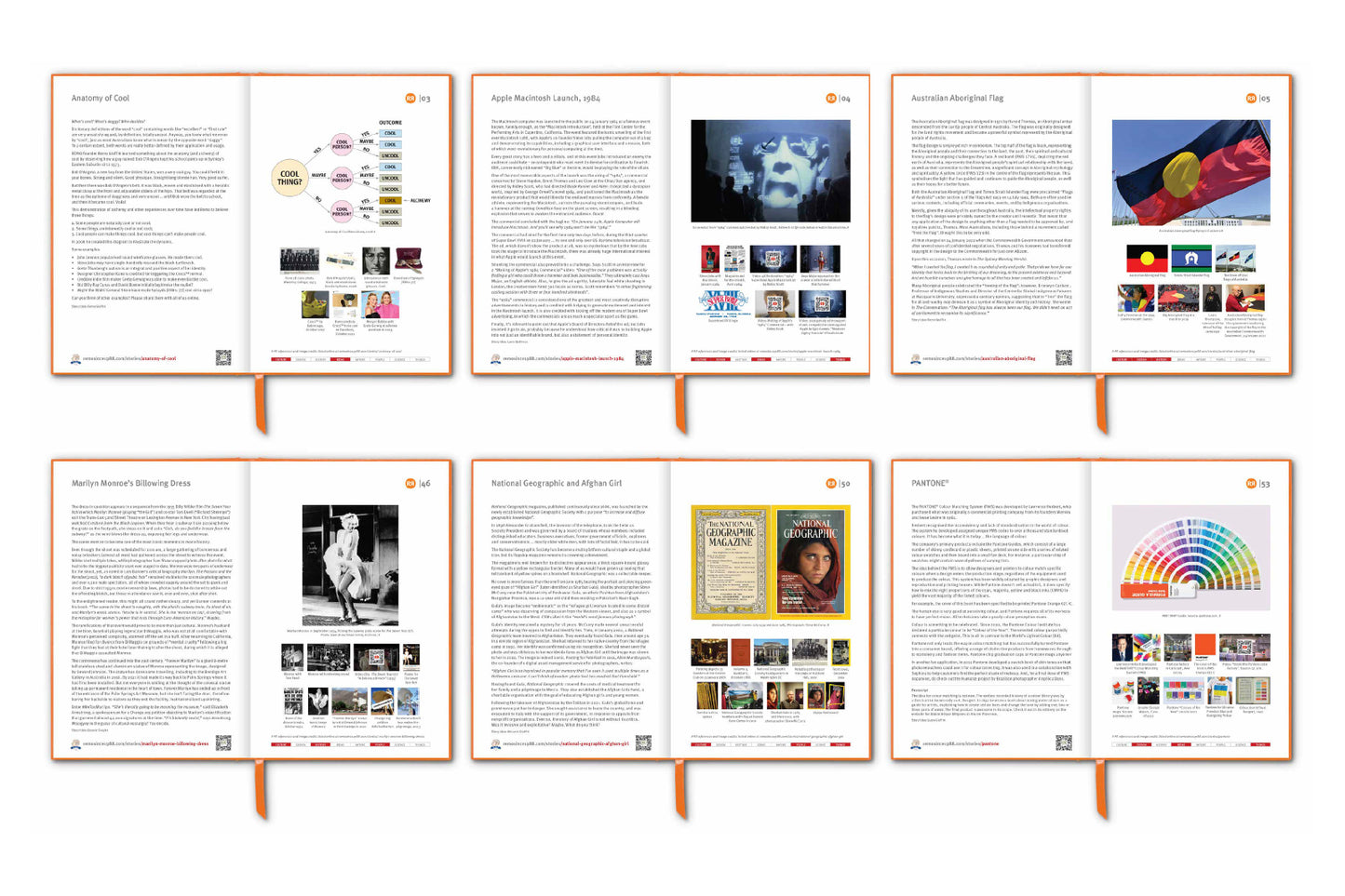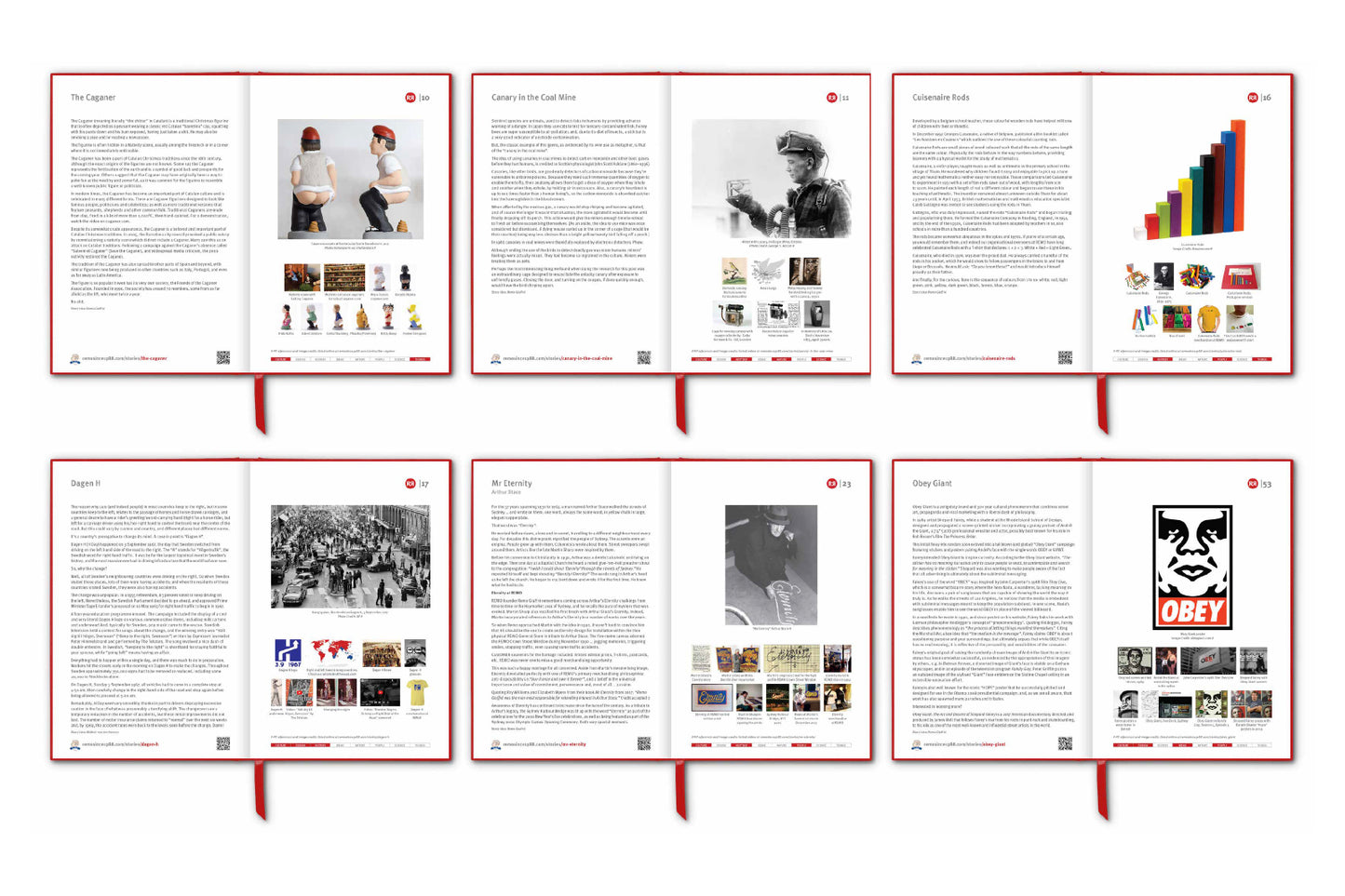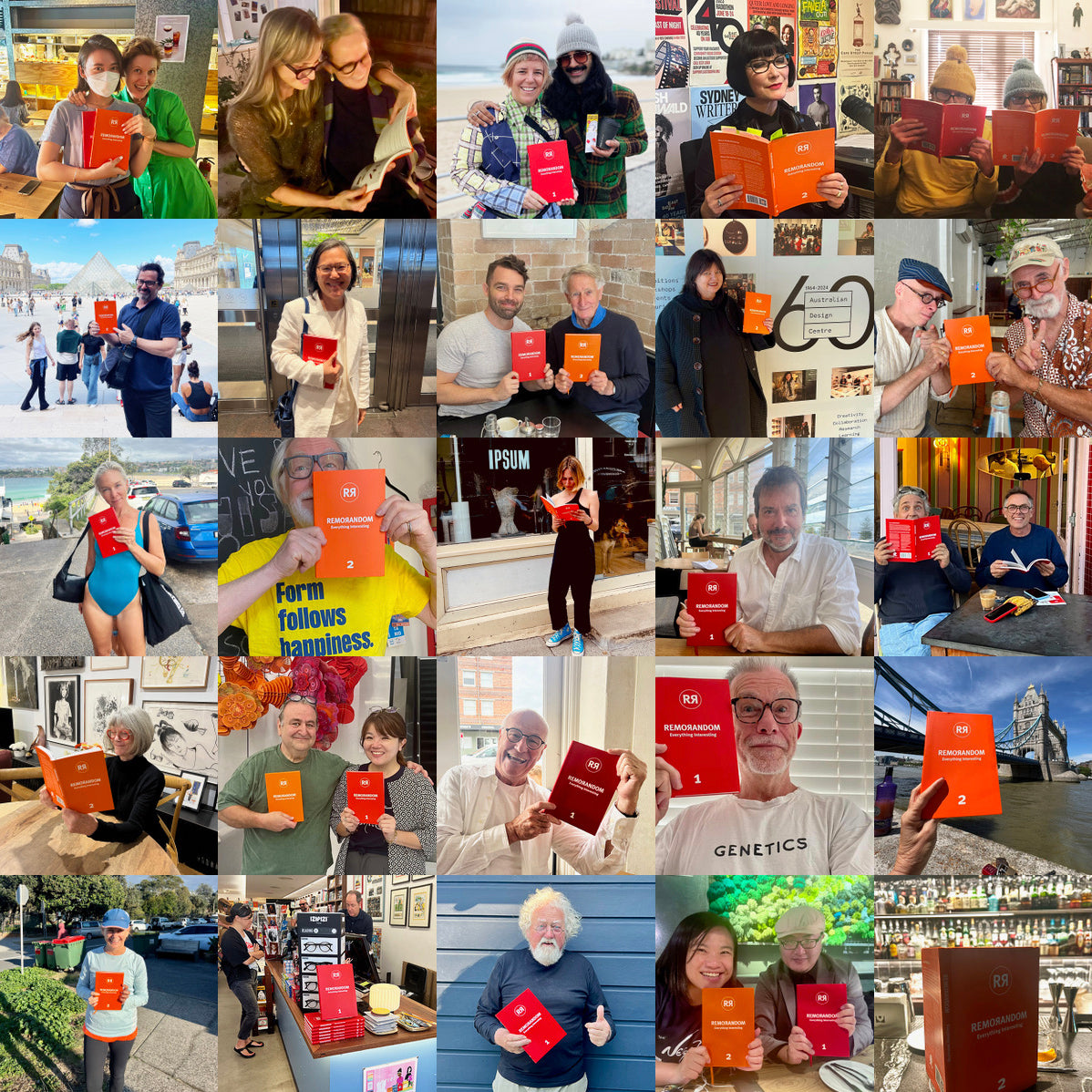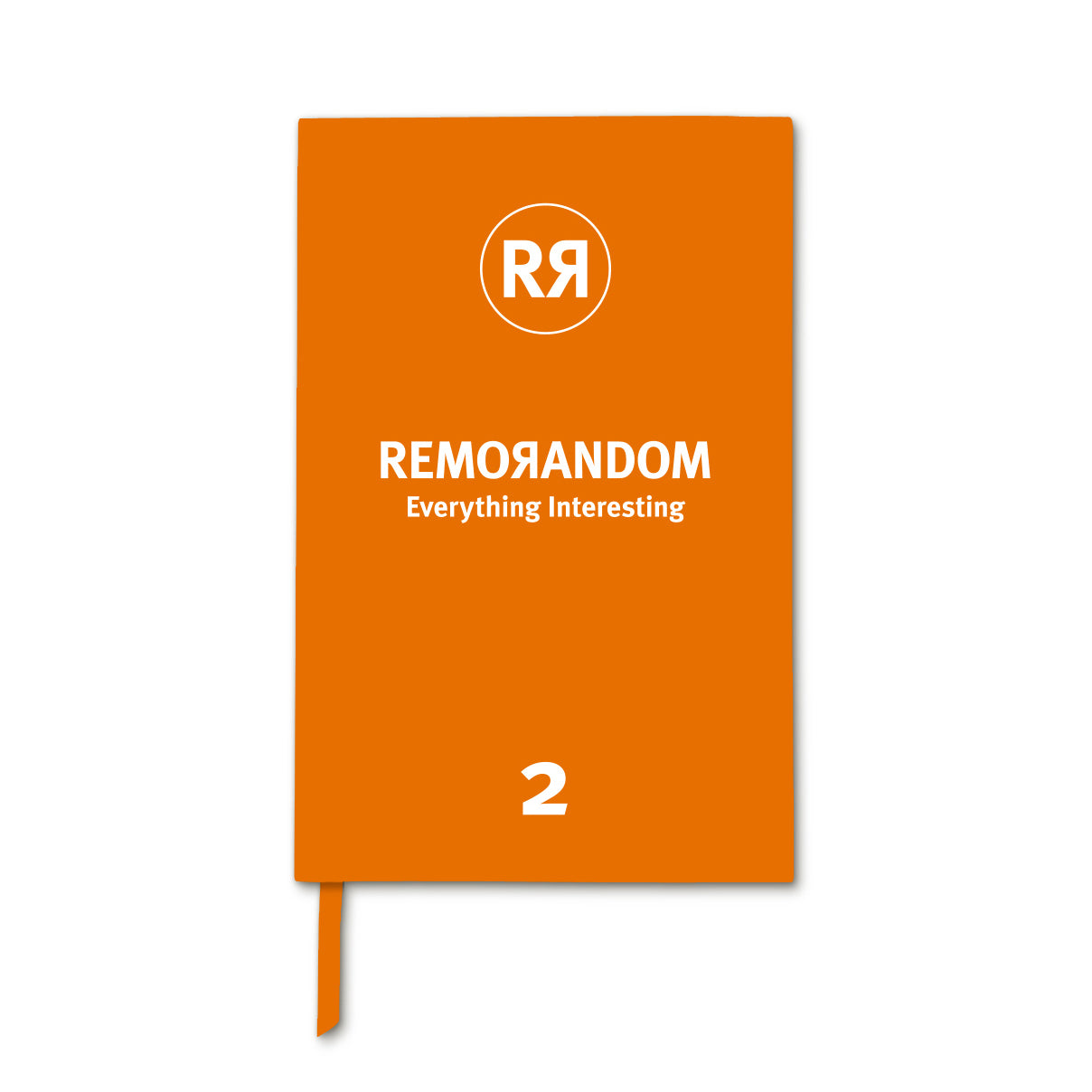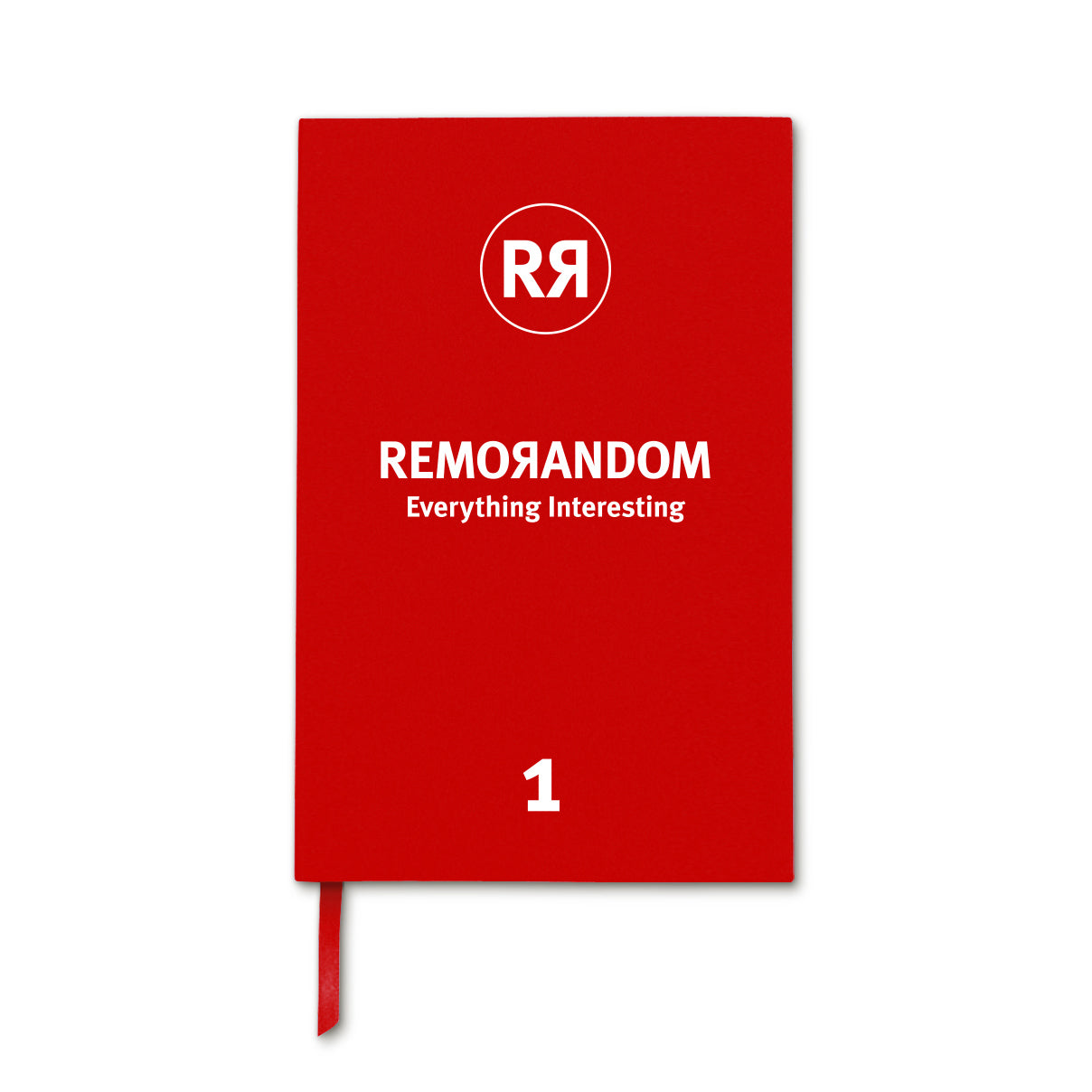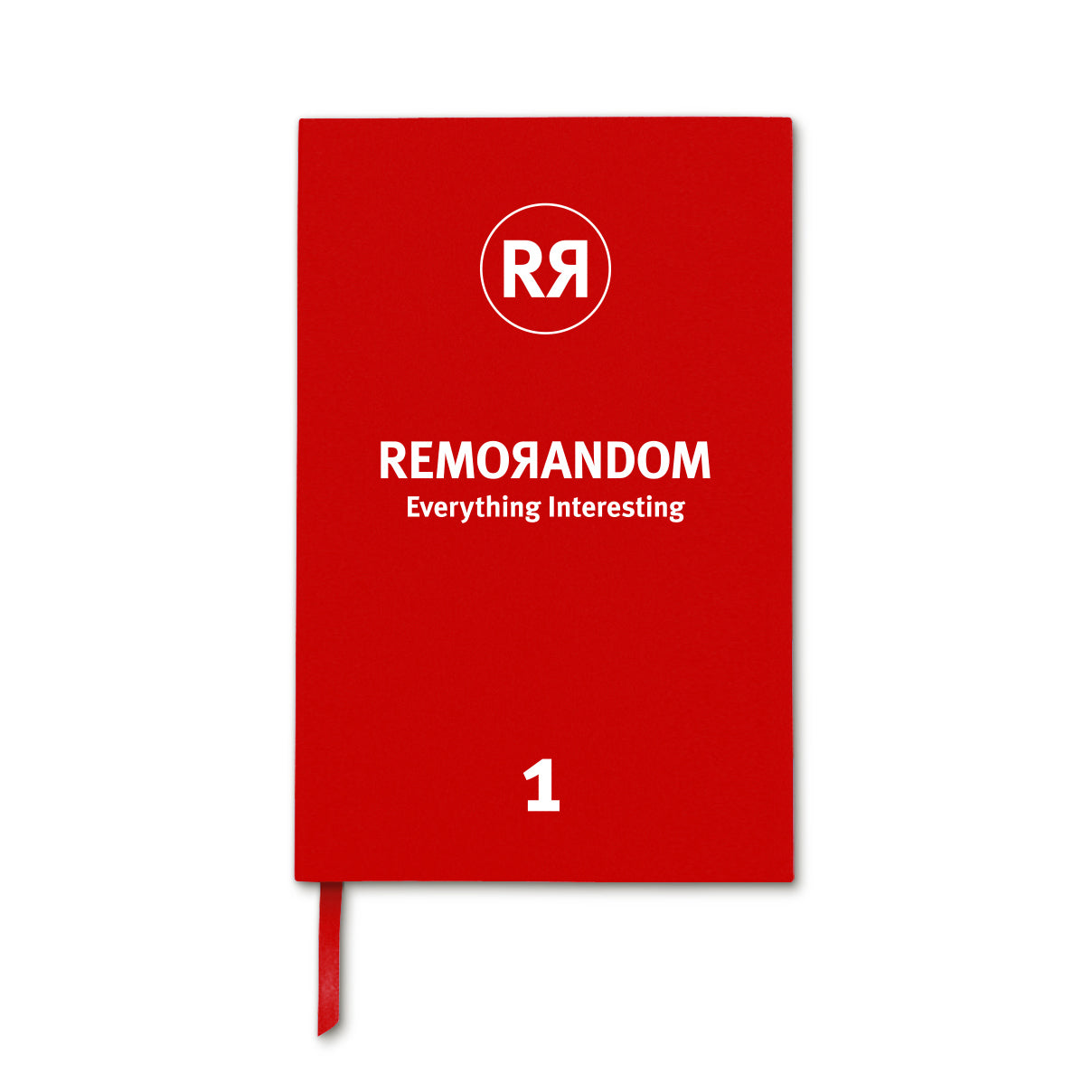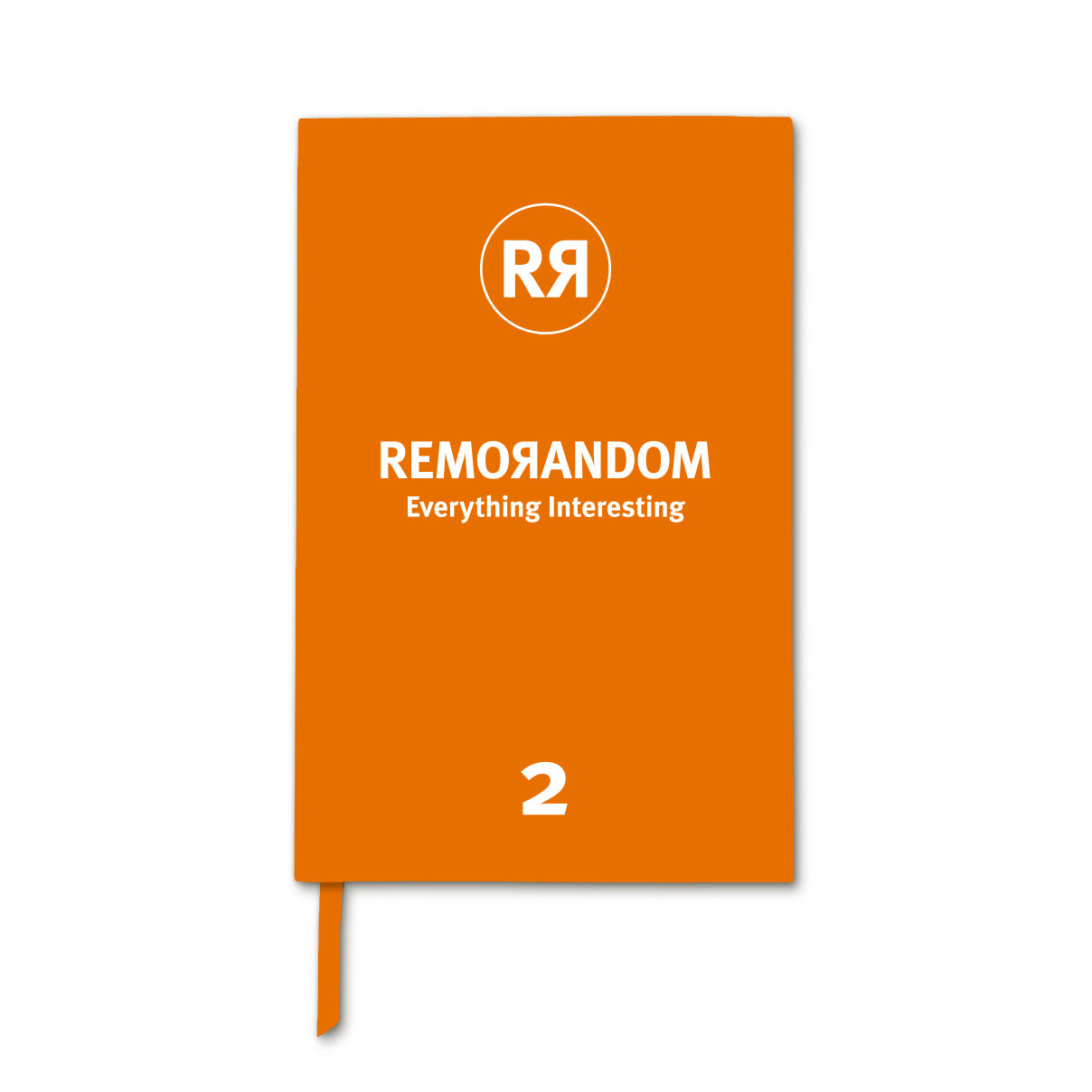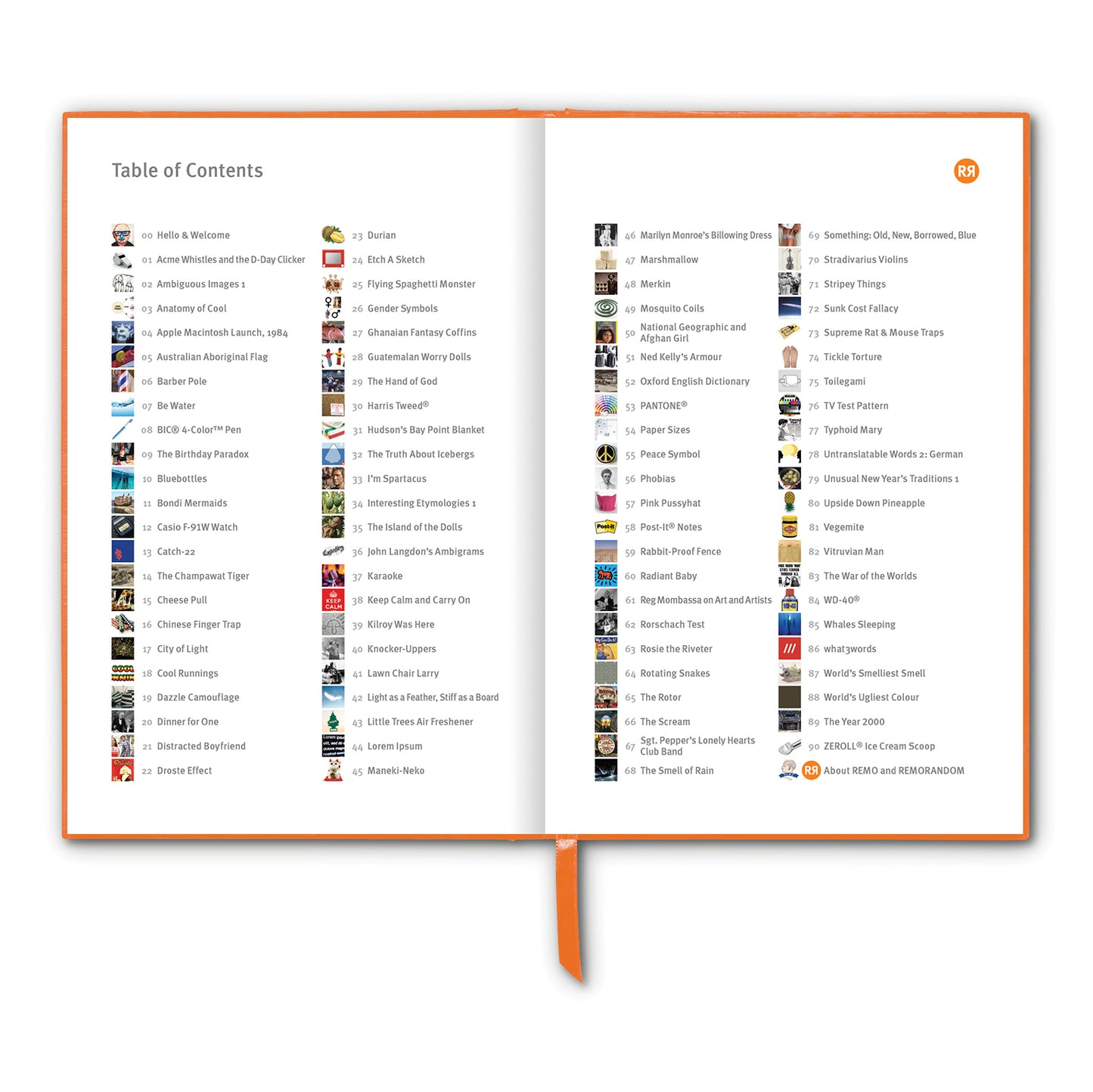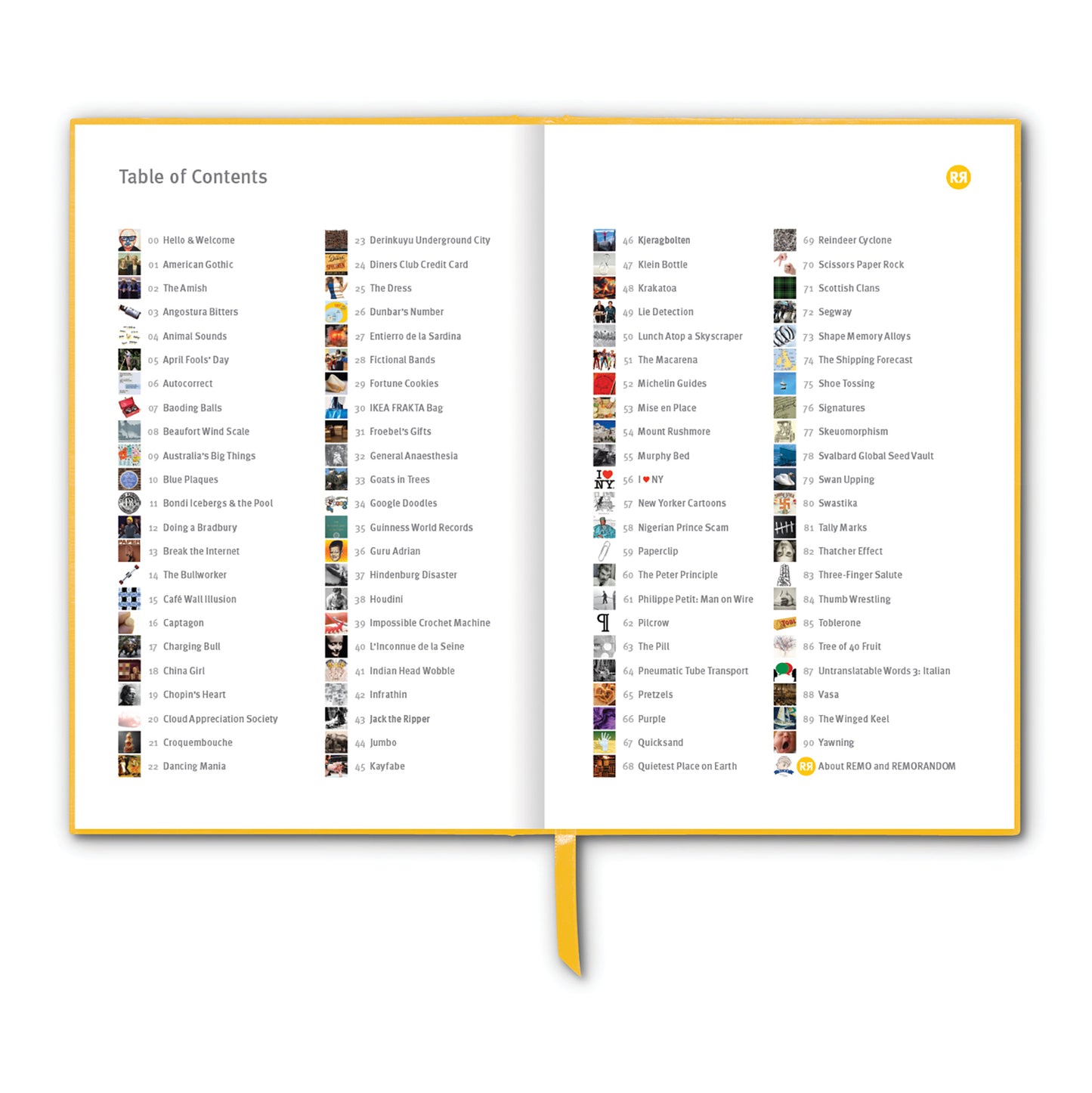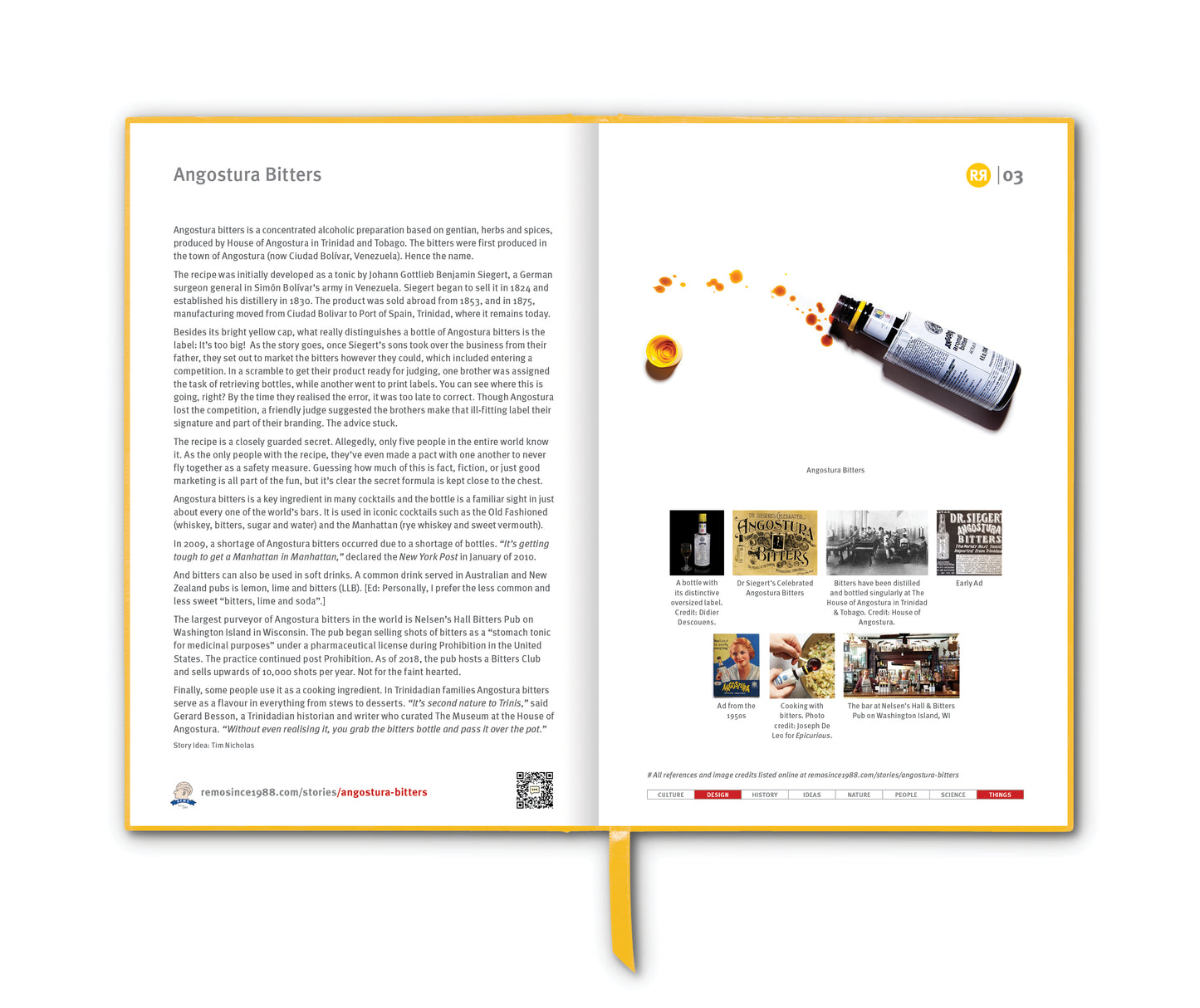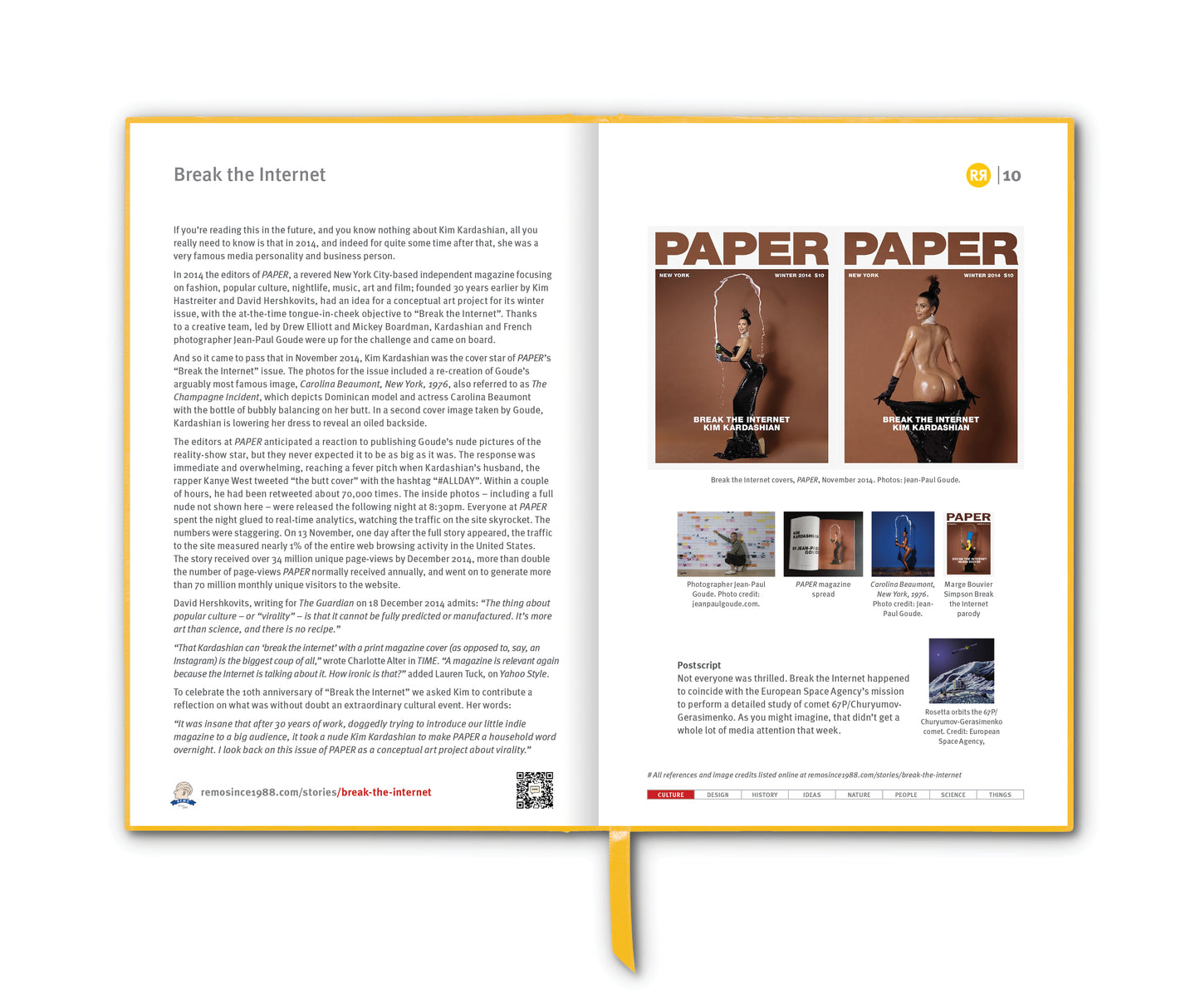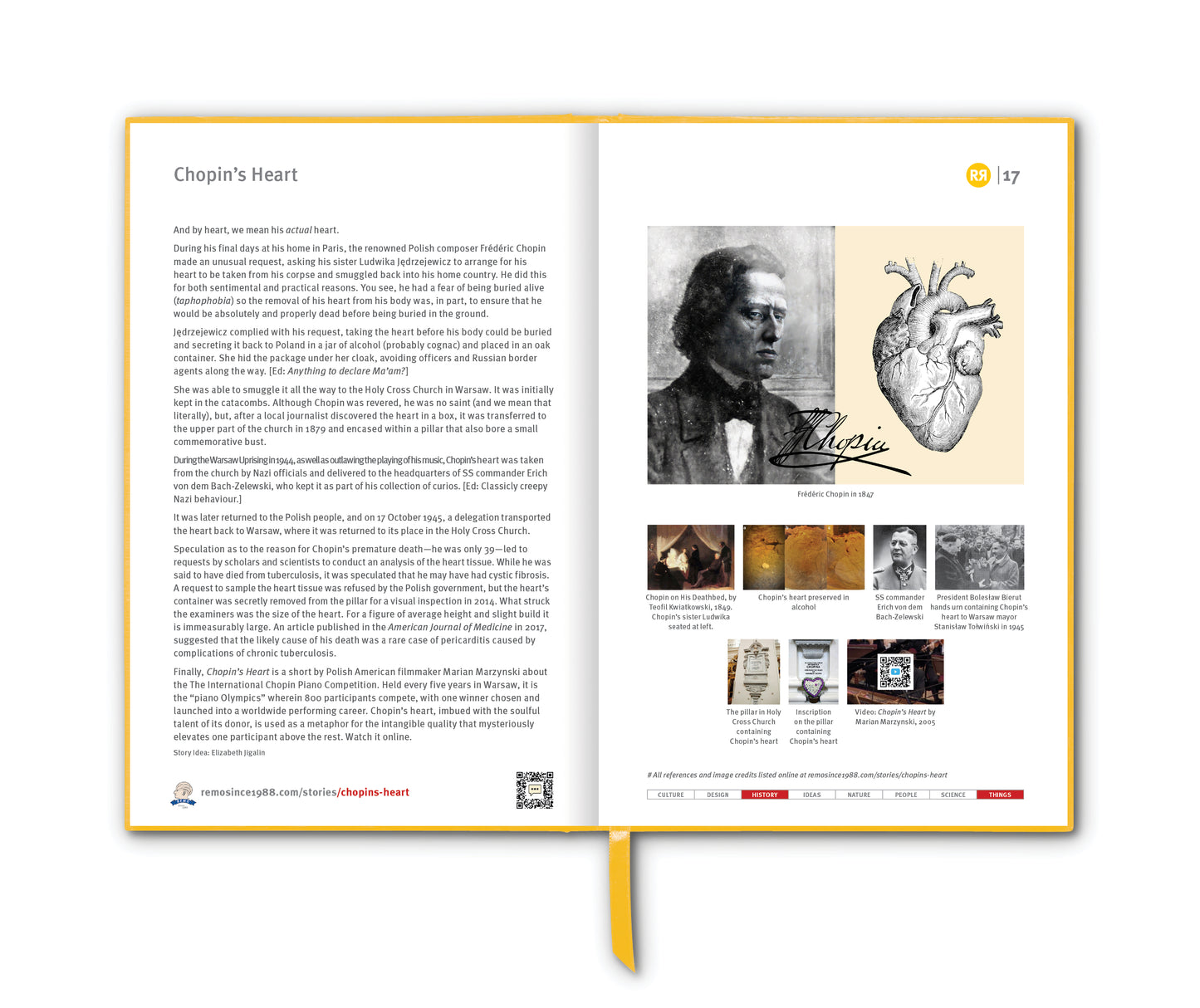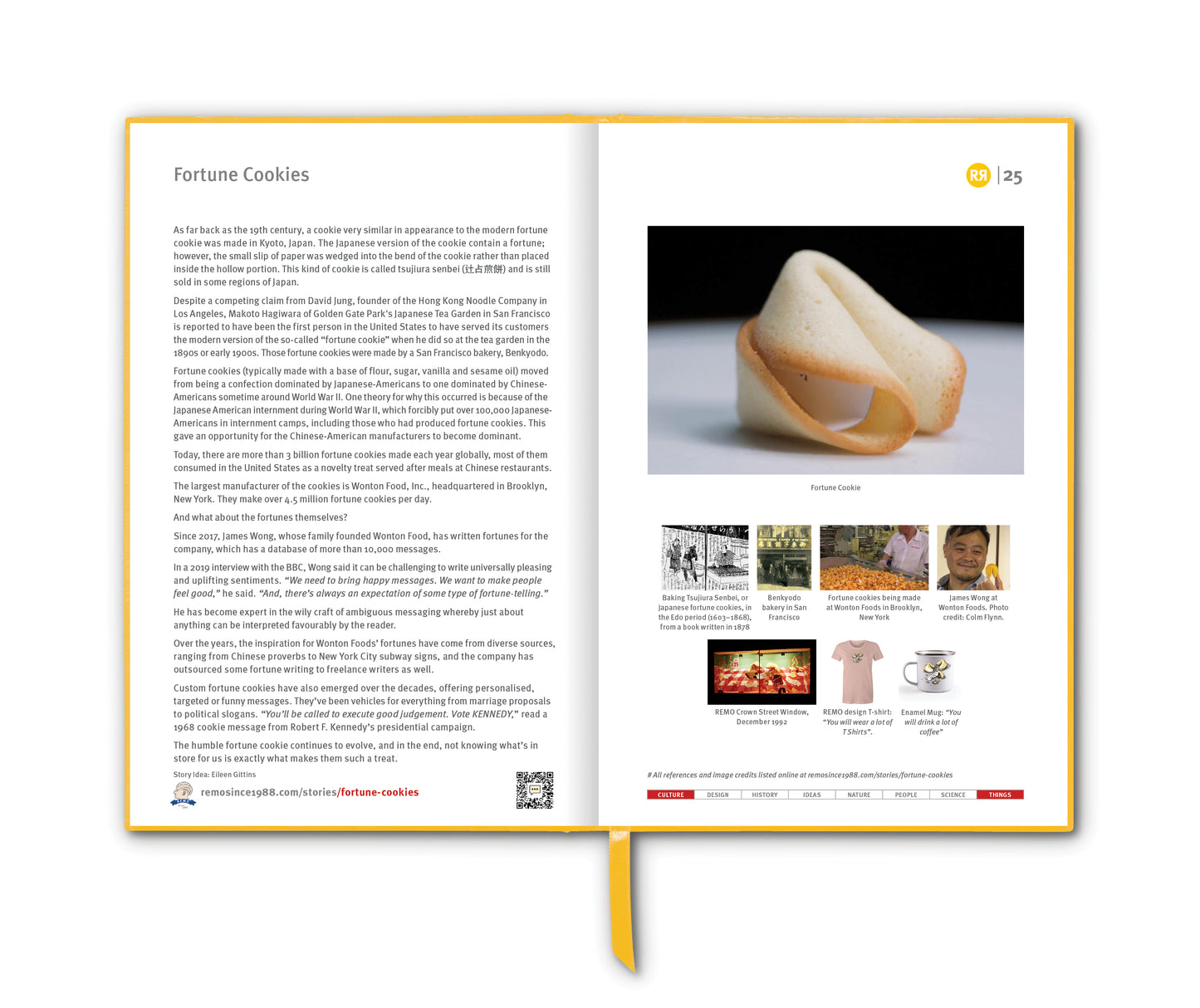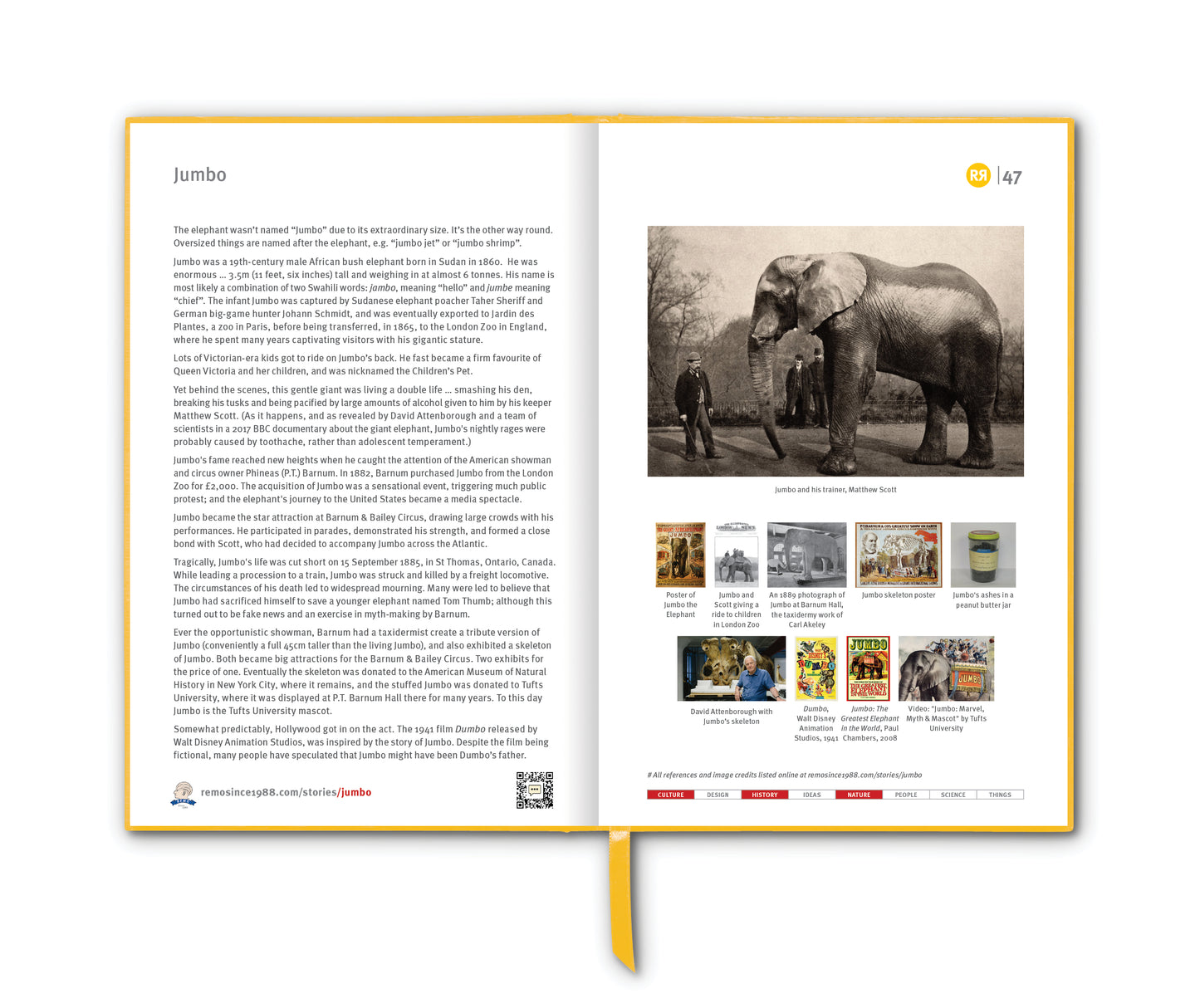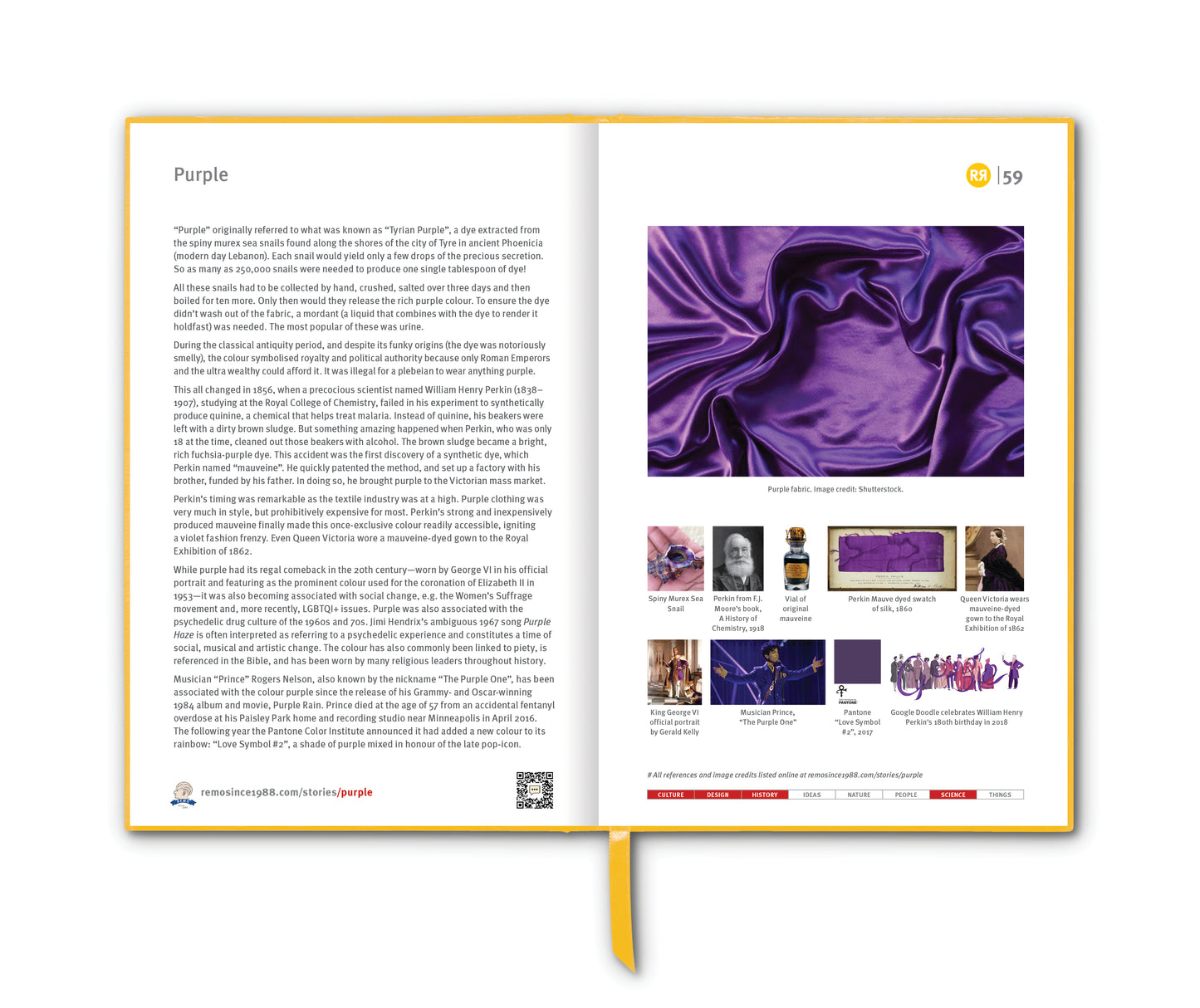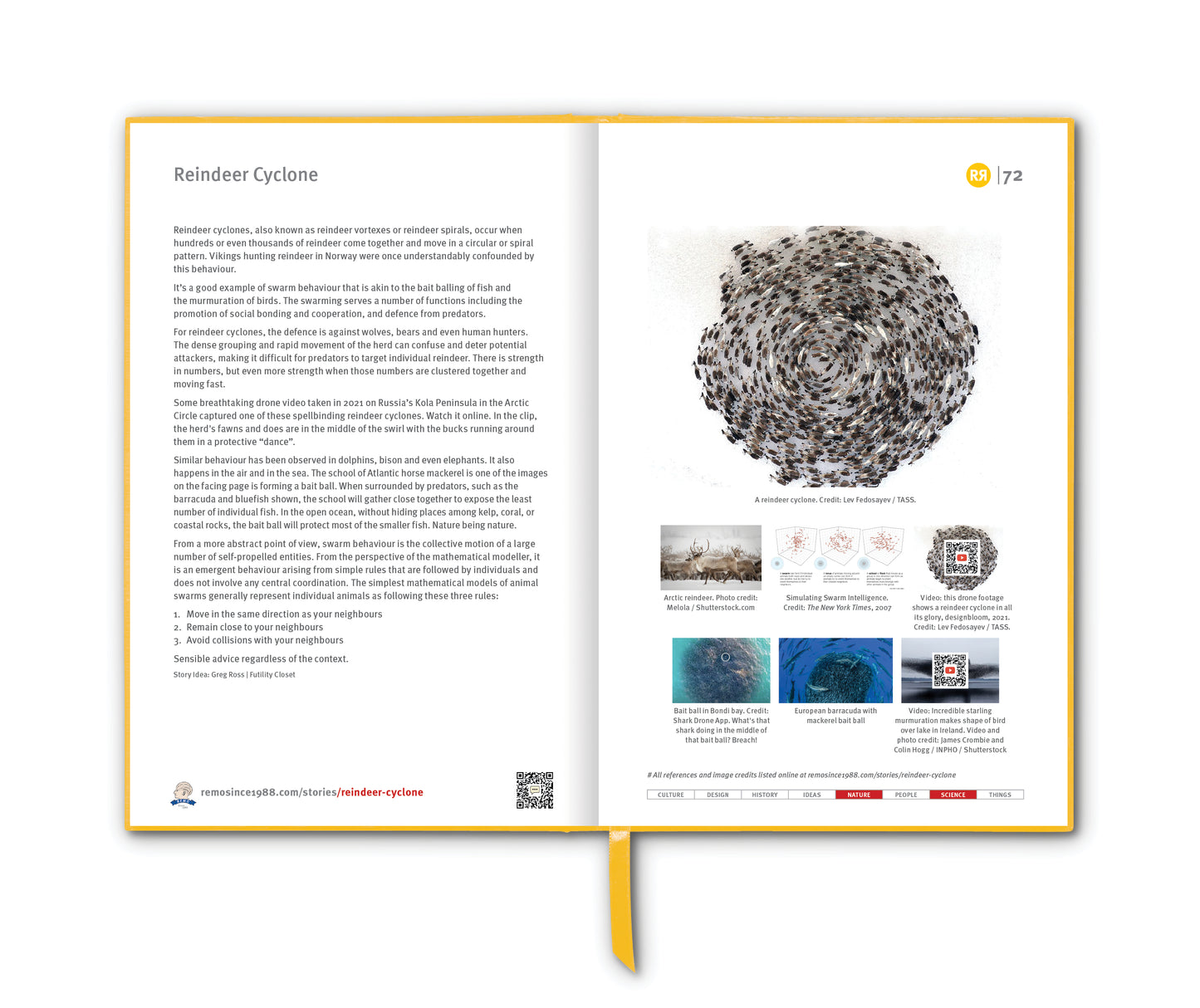We had fun researching this one. It turns out that you can really spend a lot of time reading one hilarious example after another of autocorrect gone wrong … often referencing intimate pieces of the human anatomy, e.g. “Don’t invite too many people to my party. I know you haven’t seen it yet, but my dick is tiny,” wrote the party-giver with a small deck.
Autocorrect, a feature designed to assist users in correcting spelling and grammar errors in text messages and documents, has become both a helpful tool and a source of frustration since its inception. Autocorrect fails are not a new thing, but we felt it was worth documenting the phenomenon for the benefit of the people from the future reading this book.
The concept of autocorrect can be traced back to the 1970s when early word processors began incorporating spell-checking functionalities. The closest thing we have to an inventor was Dean Hachamovitch, a Harvard graduate with a BA, majoring in mathematics, employed by Microsoft, who was initially allocated to the MS Word department. Hachamovitch noticed the word processor’s glossary could be manipulated to correct typing errors. He wrote a bit of code designed to correct “teh” to “the” by pressing the left arrow and F3. He later realised that the spacebar itself is a key used to separate words and could be used to force corrections. The rest is hirsute.
Autocorrect's journey into mainstream use began with the rise of smartphones, particularly the introduction of the iPhone in 2007. Apple's iOS was among the first mobile operating systems to implement autocorrect at scale. While intended to streamline communication, autocorrect quickly became notorious for its tendency to "correct" words into unintended and often humorous replacements.
Despite its quirks, autocorrect has undeniably improved communication by catching countless typos and spelling errors. Its constant learning algorithms, based on user inputs and data monitoring for the most popular spellings and misspellings of words, aim to enhance accuracy over time. However, the road to perfection is ongoing, and autocorrect's occasional missteps continue to provide a steady stream of amusement and frustration for users worldwide.
Autocorrect can also be weaponised. Misuse of text replacement software is a staple practical joke in many schools and offices. Typically, the prankster will set the victim's word processing software to replace an extremely common word with a humorous absurdity.
Over the years, autocorrect has inspired memes, social media posts, and entire websites dedicated to documenting its comedic errors. Users share screenshots of their most entertaining autocorrect mishaps, turning a source of annoyance into a communal experience. The autocorrect phenomenon has become a cultural touchstone, symbolising the intersection of technology and human communication, where the unexpected and humorous often take center stage.
The growing use of autocorrection on smartphones led to the creation of at least one website “Damn You Auto Correct” (now defunct), where people posted and shared funny or embarrassing cases of improper autocorrections. The archival Instagram account is still live, and we have extracted some examples from there and other sources for your collective amusement.
Story Idea: Andrea Jansz
___________________________
References
wikipedia.org/wiki/Autocorrection
wired.com/2014/07/history-of-autocorrect/
theatlantic.com/technology/archive/2023/03/ai-chatgpt-autocorrect-limitations/673338/
thefactsite.com/history-of-autocorrect/
boredpanda.com/funny-tweets-autocorrect/
Images
1. Autocorrect mischief
2. Dean Hachamovitch after a talk at Yale University, 1 October 2008
3. Video: "Clumsy Thumbsy", The Ellen Show, 2012
4 to 9. Autocorrect examples
10 to 13. Reactions to autocorrect failures



